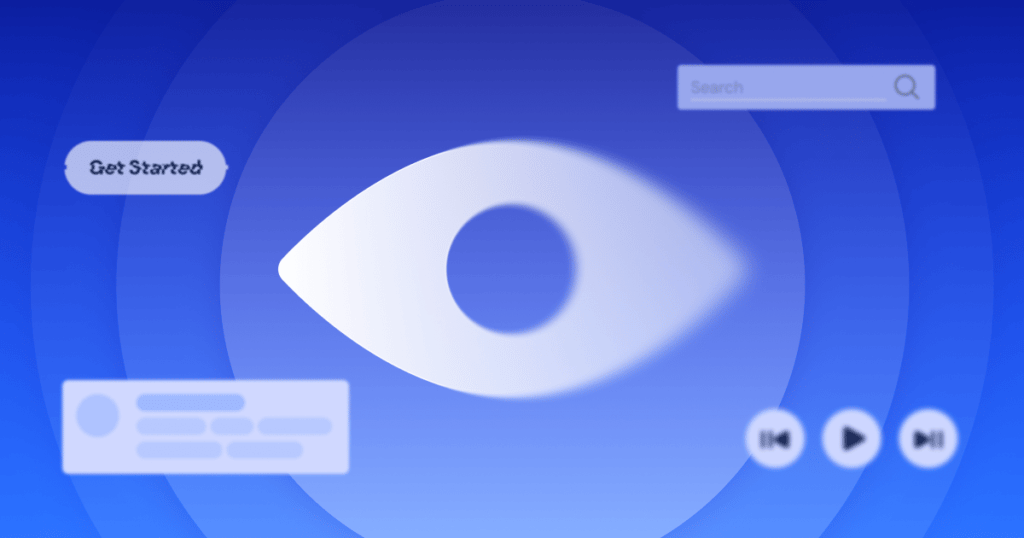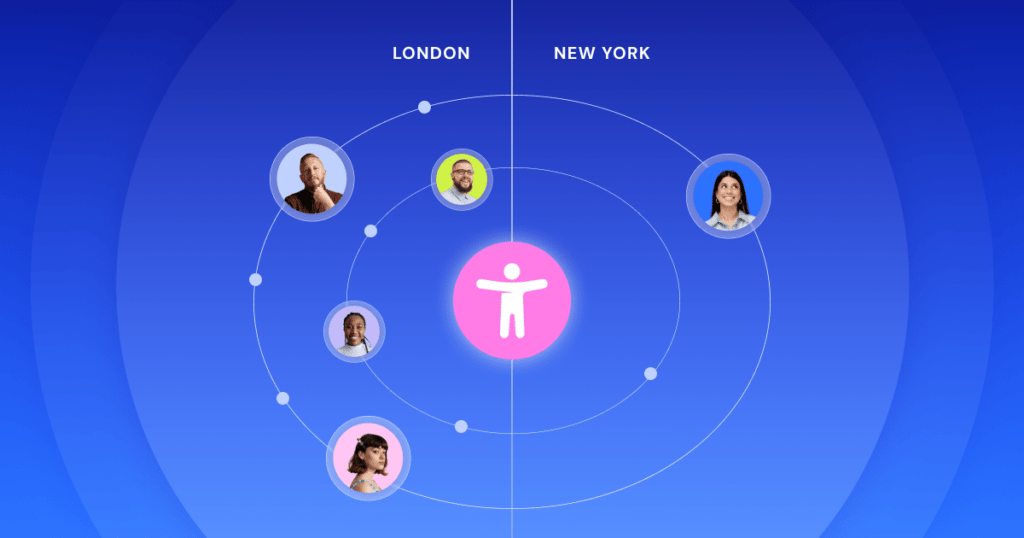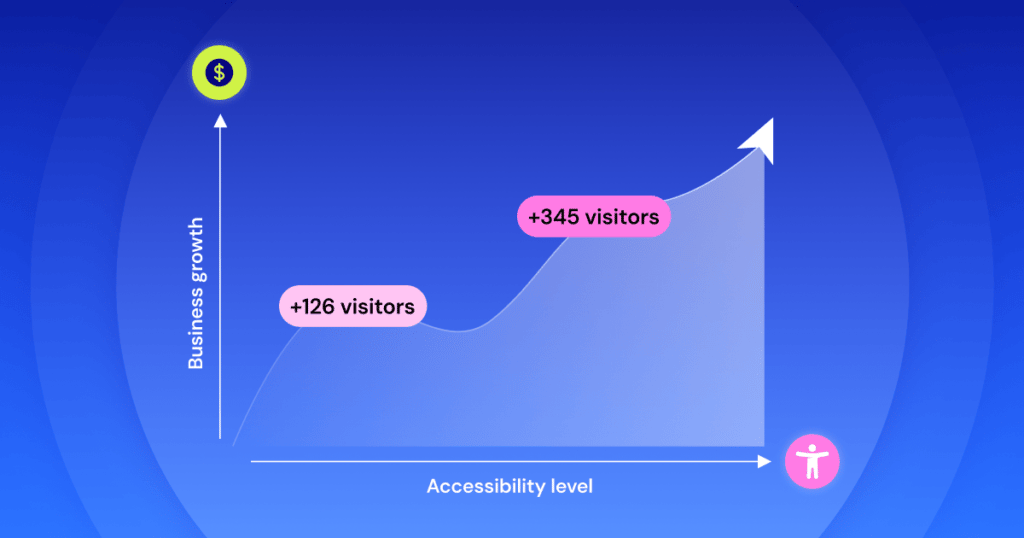Breandan, who lives with innovative vision loss, shared a fact that every digital creator ought to collected hear:
“So the explanation there aren’t blind or partly sighted people on-line buying from you is because your web web page’s not accessible. If it was once accessible, factor in what which comprise is cherish for somebody cherish me. Factor in what number of people I am going to portray about this. I factor in what number of of my household and company will certainly crowd in to also support that exchange because they know the adaptation it makes for me.“
Inaccessibility doesn’t factual push one particular person away. It impacts how entire communities comprise interplay in conjunction with your trace.
“No longer 100% sighted — and not 100% integrated”

Breandan opened with honesty: he didn’t agree with about accessibility until it became unavoidable.
“Up until the age of about 22, 23, I didn’t know what accessibility was once. Did I even care? I was once getting on with existence and finding out and my first job.”
Nonetheless after being identified with a genetic impress condition, the digital world began to peep a range of — and not factual visually.
“Disability was once surely the interplay of three issues: the body… the atmosphere around me… and the relaxation of my background.”
He calls them the “three B’s”: body, barriers, and background. And he illustrated how every of those conducted a purpose in his trip. His body was once changing — his be conscious was once deteriorating. The barriers emerged when the tools he had beforehand extinct at work became extra out of the ordinary or not doable to comprise interplay with. Despite the fact that the methods hadn’t modified, his capacity to get entry to them had. At final, his background — in conjunction with his upbringing and cultural context — formed how he spoke back to those adjustments, with initial emotions of guilt, denial, and hesitation to request of for motivate.
This framework reframes incapacity not as a build save, however as a dynamic interplay between the actual person, the atmosphere, and the social lens in which they navigate the area.
It’s a reminder that accessibility isn’t factual about compliance — it’s about working out the paunchy context of people’s lived experiences.
From London to Fresh York: Two Gadgets, Two Realities

Breandan shared striking contrasts between his trip within the UK and the US. In London, a thoughtful request of from his boss modified his outlook:
“My boss came as much as me sooner or later and said to me, ‘Breandan, raise out you watched a bigger hide might possibly be priceless?’ I hesitated… nevertheless it surely made my work loads more straightforward.”
That easy provide wasn’t factual sort — it reflected what Breandan calls the social mannequin of incapacity, the keep the burden is on methods, not people, to hold away barriers.
By inequity, within the U.S., Breandan noticed a extra individualistic capacity:
“It’s roughly laborious to be constantly on the hook to your personal advocacy… that to me isn’t very the social mannequin.”
His takeaway for web creators? Don’t wait for users to request of. Make inclusivity from the originate.
COVID-19: Shared Barriers, Shared Insights

When the pandemic hit, Breandan returned to Ireland. And for a snappy 2nd, he noticed something abnormal:
“ all people was once locked down. all people had barriers.”
He felt, for the first time, that his trip wasn’t isolated — and that brought surprising self assurance:
“I verbalize in a abnormal capacity that my own sense of myself and my own self assurance increased because I felt extra of an equal.”
Nonetheless post-pandemic, numerous the identical inequities returned — and with them, the urgency of keeping accessibility entrance and center.
Awareness Isn’t Enough
Breandan reminded us that while awareness days cherish GAAD are major, they’re factual the origin:
“It’s not sufficient factual to raise out a once-off and keep an overlay on a domain. We now comprise to in fact comprise a map for constantly reviewing it and keeping that door open.”Here’s the keep tools cherish Ally by Elementor will probably be found in in — helping web creators preserve extra inclusive experiences while not having to reinvent their job at any time when.
Shared Responsibility
So, whose job is it to attract web sites accessible? In line with Breandan:
“I truly feel it truly is a shared accountability… Sitting around ready on disabled people to request of isn’t very what I call constructing prerequisites.”
That shared accountability spans people, companies, designers, and governments. And within the digital dwelling, web creators are on the entrance lines.
Accessibility Isn’t Lawful a Barrier — It’s a Industry Multiplier

Too in overall, companies assume people with disabilities “aren’t their target market.”
“The argument that claims, ‘I don’t comprise people with disabilities on my web web page’… neatly, presumably that’s because it’s not accessible.”
And the affect of inclusion stretches a ways past one user:”Factor in what number of of my household and company will certainly crowd in to also support that exchange because they know the adaptation it makes for me.”
Final Words to Web Creators
Breandan closed with a reminder of factual how vital this work is:
“You’re surely doing the most vital work to bring the roughly edge instances into the mainstream. And that’s a mode of doing ultimate and doing neatly…So withhold going.”Whenever you happen to’re the exhaust of WordPress, tools cherish Ally by Elementor will enable you to hold that next step — not as an afterthought, however as phase of your core job. Because constructing for every person isn’t extra work — it’s merely ultimate work.
Categories: Uncategorized